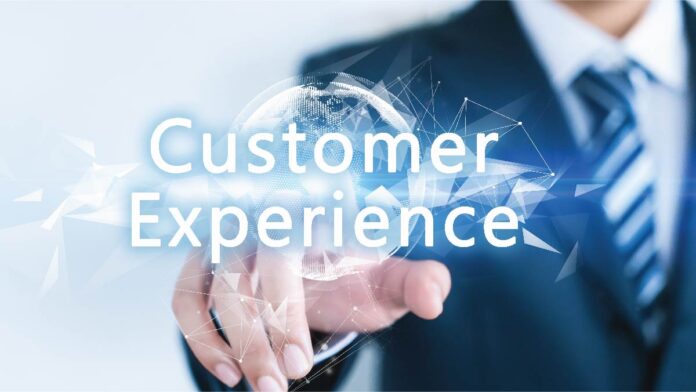Many organizations invest heavily in tracking and improving the customer journey in order to support Net Promoter Scores (NPS) and customer satisfaction (CSAT), but they still find it difficult to make a measurable impact since they are unsure where and how to prioritize improvements and generate the insights required for stakeholders to do their jobs effectively.
According to the 2019 Gartner research Creating a High-Impact Customer Experience Strategy, over 70% of CX leaders admit they struggle to design projects that boost customer loyalty and accomplish results.
According to Forrester’s “Top 10 Trends Among VoC Leaders, 2019” most voice of the customer (VOC) programs—structural drivers of successful CX—are not developing. Instead, they overemphasize surveys, ignore unsolicited and unstructured feedback, lack data integration, and struggle to demonstrate business value.
Furthermore, most companies do not approach customer experience with a comprehensive perspective. Silos and one-off, shortsighted schemes obstruct progress. However, in order to observe and fix problem areas, a wide-angle, macro vision is required.
While this may appear daunting, a coordinated and business-wide approach to CX actually makes a company’s efforts easier.
While it is critical to move to a unified, company-wide approach to CX, it is also critical to thoroughly comprehend CX issues. Every company is different, yet the majority of them struggle with customer experience in similar ways. CX isn’t getting any easier. Even as customer experience (CX) becomes more crucial every year, the landscape is growing more difficult to manage.
Customer journeys are becoming increasingly complex as interactions and channels grow, and customer expectations for self-service, immediacy, and authenticity in engagement rise. Internal teams and budgets are stagnating as external CX demands expand, as organizations seek to strike the appropriate mix between automation and human touch.
Also Read: How a year of WFH is driving a CTV revolution
A New Customer Experience Framework
By playing CX whack-a-mole, organizations can’t make measurable progress on customer satisfaction or accomplish business goals. Rather, CX must be a holistic endeavor spearheaded by leadership in order to maintain emphasis on prioritization and organizational alignment.
CX isn’t a checkbox that businesses can tick. It must be a first-tier organizational mandate and a fundamental aspect of doing business.
To drive rapid, smart decision-making and move the needle on beacon metrics like NPS and CSAT, a new customer experience framework is required to integrate, visualize, and analyze experience data. Businesses will require a uniform strategy to data integration, analysis, and visualization to do this. Senior executives must be able to use vast amounts of data to actively improve the quality of customer encounters with this method.
From a company’s physical store to its websites and apps, to contact center encounters, the CX framework must encompass all inputs from all channels—attitudinal, behavioral, and inferred.
CSAT and NPS are influenced by a variety of factors, but CX programs that focus on and improve the quality of the experience have a measurable and direct impact on those satisfaction and recommendation scores, resulting in a CX advantage.
Executive leaders can better manage vast volumes of data by using experience quality as a CX strategy framework; have the capacity to quickly equip their teams with the insights they need to innovate and solve challenges; and improve customer interactions by tying changes to business goals.
Customer Experience Quality Framework
The listening program that companies develop to understand customers is the beginning point for customer experience quality. It must go beyond surveys and collect data in the form of direct, indirect, and inferred feedback from all channels, including the Web, mobile, and contact centers.
Bringing all data together is an important aspect of a listening program. This can be accomplished with unification tools that map the data-source context, thereby enhancing analysis capabilities while bringing all data sources together on a single platform. The CX platform can provide a full, analytical perspective of customer interactions in real-time by consolidating data feeds upfront.
Also Read: Top 3 Partner Marketing Trends to Look Out For
Decision makers can leverage the findings from the listening program to break down internal silos, uncover the full value of an organization’s CX efforts, and prioritize and act on real-time and deep consumer insights by viewing the outcomes through a series of dashboards. From digital search and chatbot interactions to sales, delivery, and returns, the dashboard can encompass a wide range of touchpoints.
The good news is that a company’s CX data sets already contain information about customer experience quality. Integrating the data through the appropriate framework allows for its discovery and operationalization.
Organizations can more quickly gather and analyze data, automate and expedite decision making, and operationalize improvements across the company using a customer experience quality framework, allowing them to compete on improved customer experience.
For more such updates follow us on Google News TalkCMO News.







